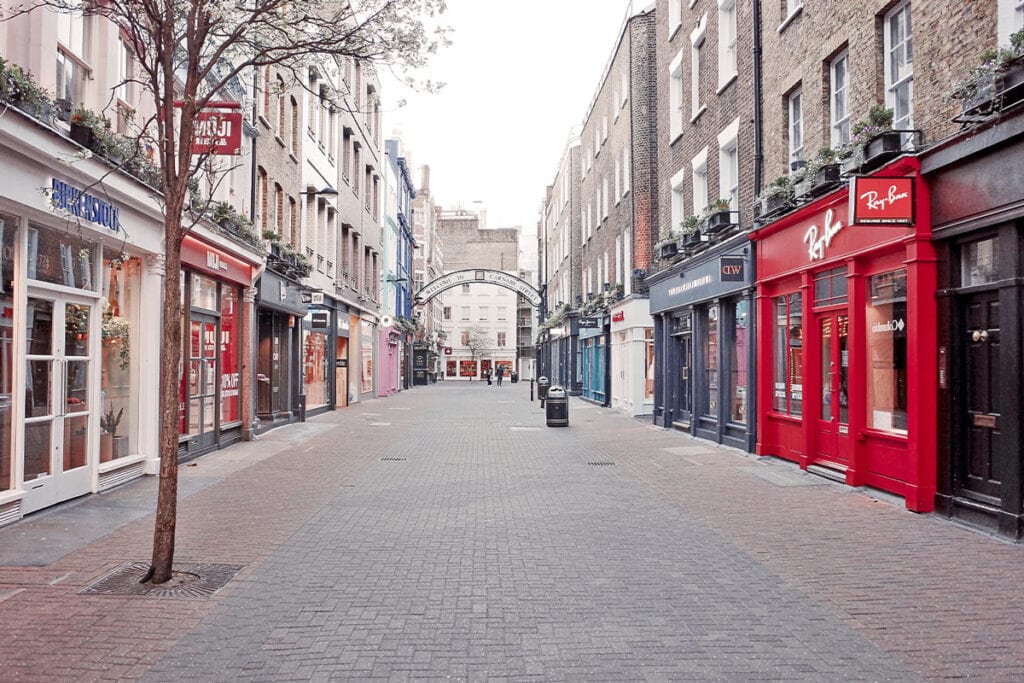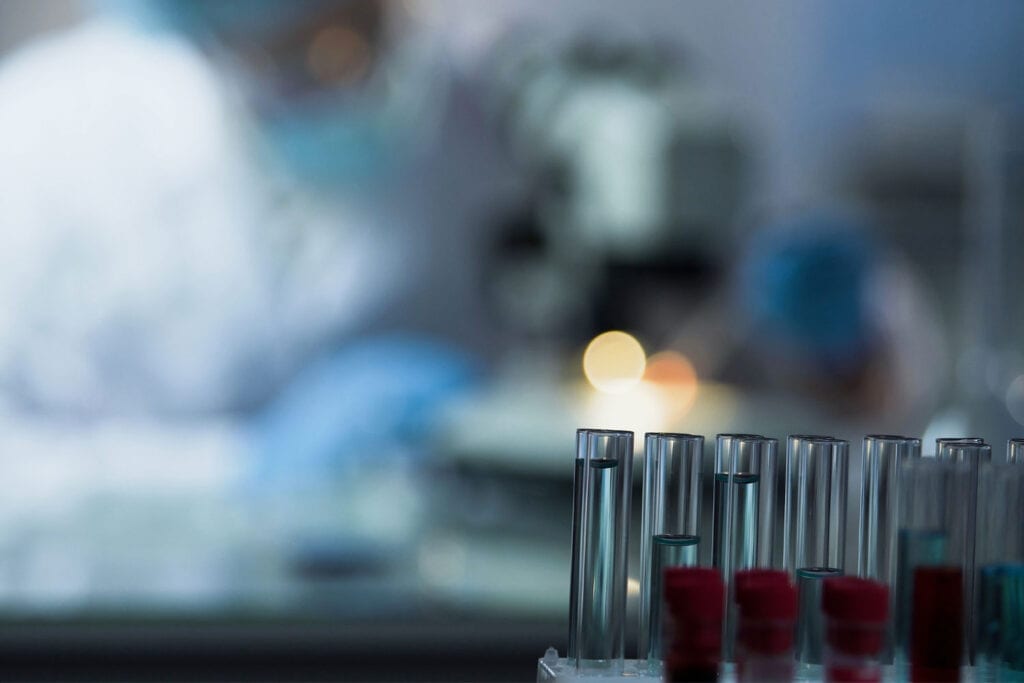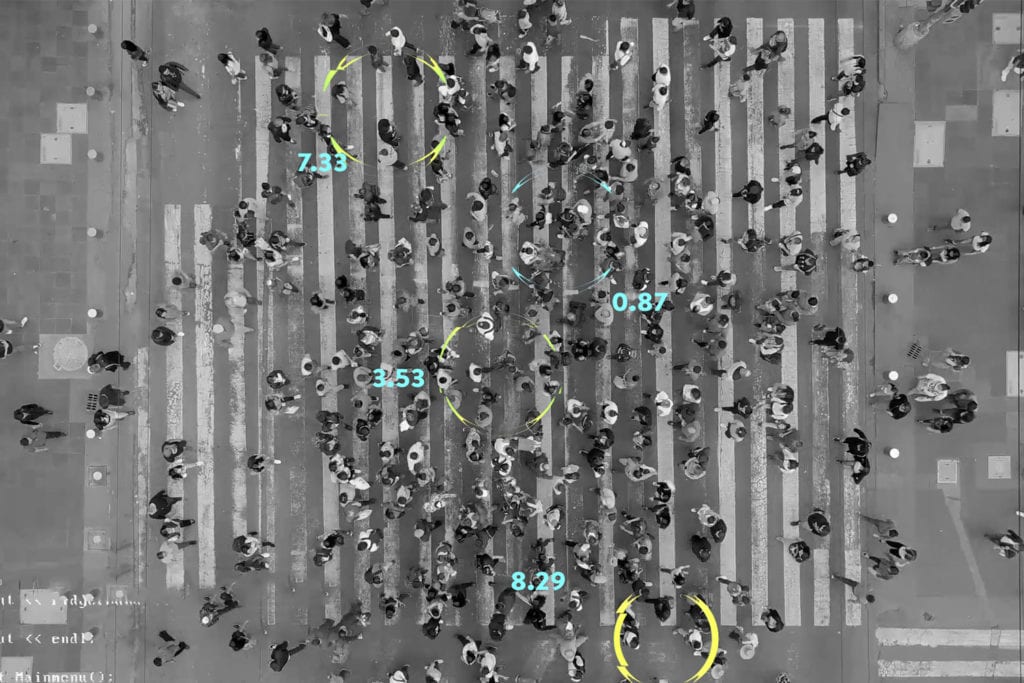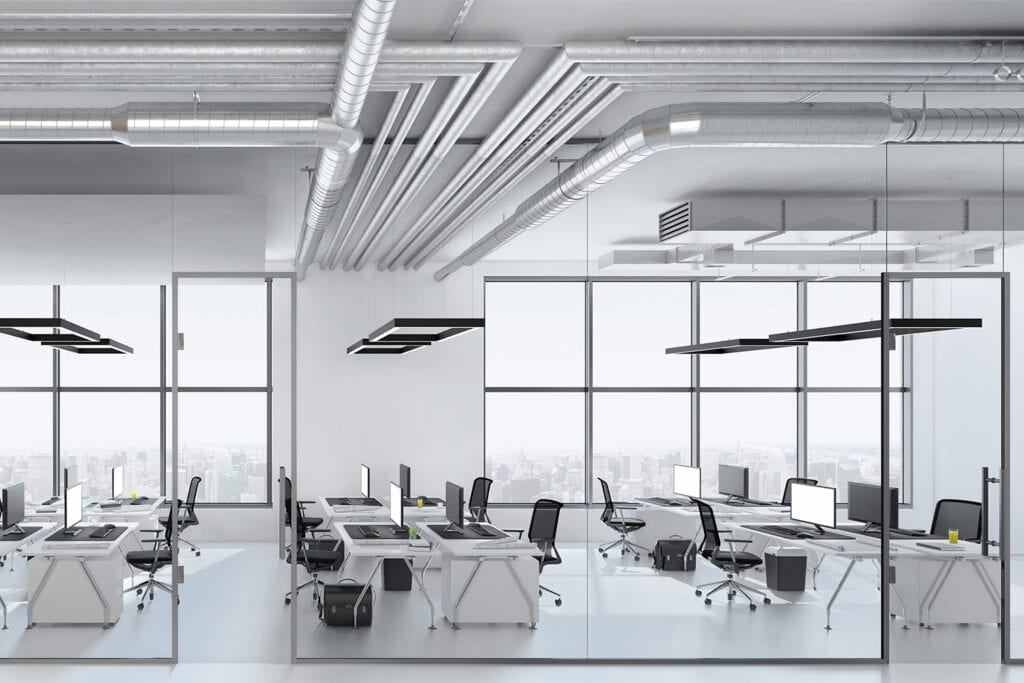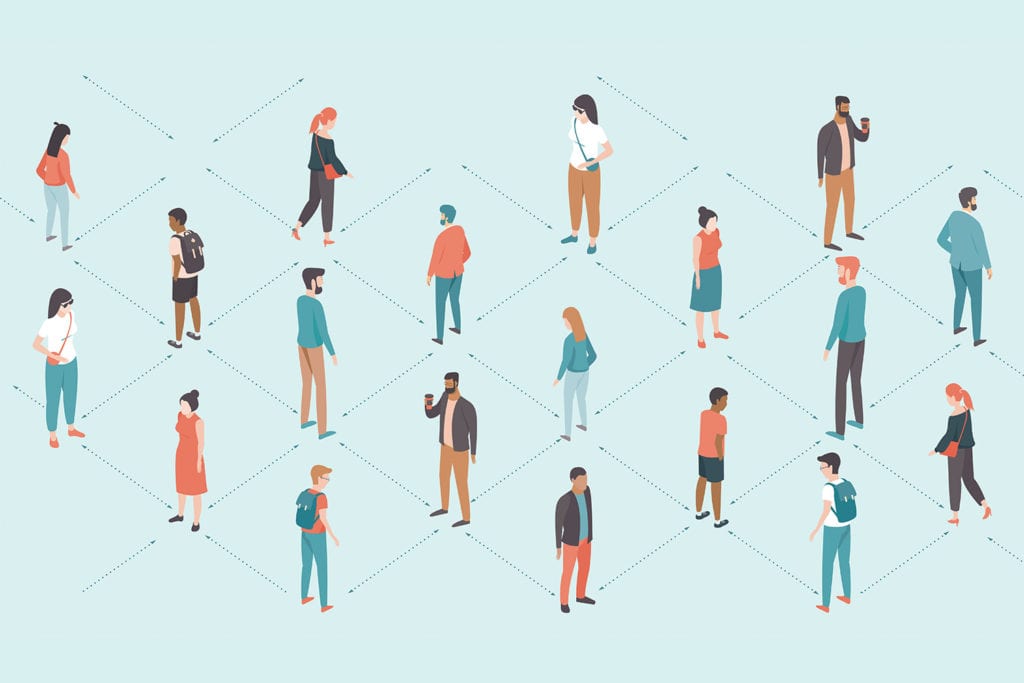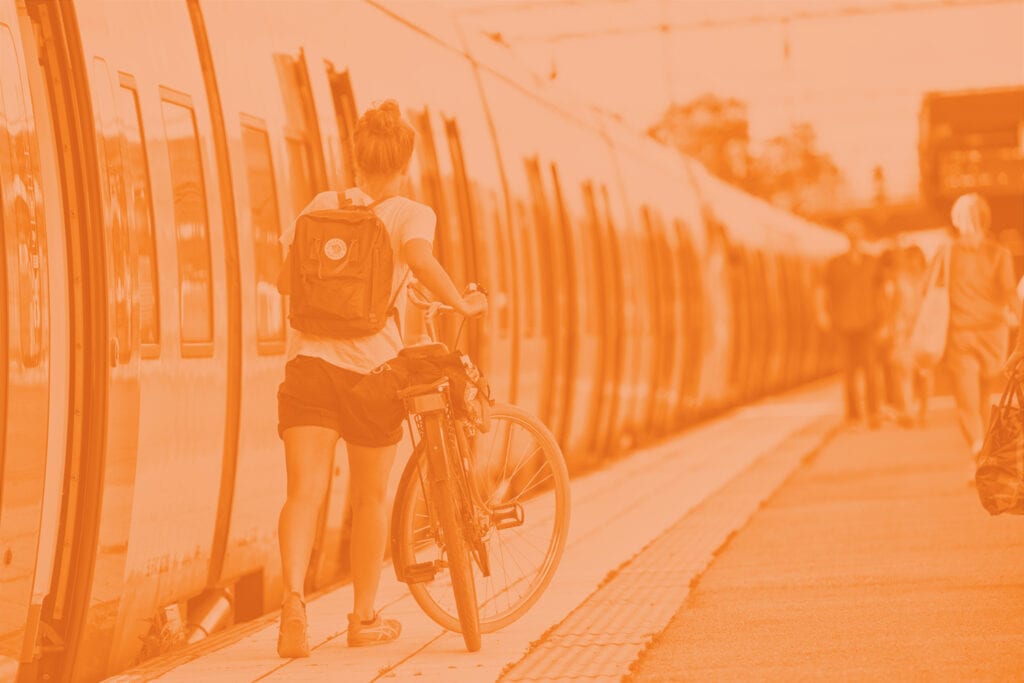Reliability through resilience – Covid-19 and all that
Covid-19 has profoundly affected us all on a scale and at a rate that is unprecedented in recent centuries. I am sure that many of us have experienced at first hand the unfolding human tragedy. Global economies, meanwhile, have been distressed to a greater extent than in any previous situation.
Our world might never be the same again. But should it be? What are the alternatives? As we emerge from an era of deep and disconcerting uncertainty, I think that what everyone will crave – in one form or another – is reliability.
A Reliable Society
The reliability that we will desire is present in all walks of life. This is true whether viewed from the perspective of a manufacturer, producer, investor, supply chain operator, service sector provider or consumer.
Reliability is an outcome. We all want to depend upon things happening as we expect, whether it is our ability to buy bread, catch a train or receive a return on an investment. Service providers need to meet customer needs and carry out business in an efficient manner that cultivates confidence.
Resilience is the pathway to reliability. Resilience is the ability of something to withstand shock, disruption or failure.
The processes involved in achieving reliability through resilience involve an initial consideration of objectives and underlying interrupters, risks and weaknesses; this applies whether we are assessing a system, facility, building, portfolio, campus or city-scale development. The next steps are data collection and analytics, the development of tools that offer one or more potential solutions, and testing and modelling to prove the validity of these potential solutions. Once satisfied with the outcome, an implementation process follows. This is further validated by demonstration.

A solution, in this application, is not a solution unless it has been demonstrated to work and is practically infallible. The testing and demonstration processes are frequently either overlooked or afforded a cursory approach, which is simply not good enough. Testing and demonstration can be achieved through detailed modelling, black building tests, and/or the creation of digital twins.
The analytic process involves a thorough probabilistic assessment to identify the route to “function without failure”. The more reliable a system, the higher the availability, the better the service and the more satisfied customers will be.
If reliability can be depended upon as a result of systematically building resilience that has been demonstrated and can be readily re-evaluated, I would argue that our families, businesses and communities will have a much improved level of confidence in those things in life that need to happen as expected.
The Client Perspective
Covid-19 has changed my clients’ business landscape and demands to the extent that they must rethink their operational needs, real estate footprint and workforce deployment. Consequently, there is a need to work collaboratively to support organisations that require immediate assistance to resolve issues that they find difficult – or impossible – to resolve unaided. Something that has led to the creation of a dedicated Covid-19 adaptation advisory service from Buro Happold. The greater and much longer-term challenge will be to find solutions to these issues that enable organisations to respond quickly to change by creating a complete business environment that is flexible, adaptable and, above all, reliable.
Sector View
I am fortunate to work for an exceptional multidisciplinary company that provides consultancy advice to a wide range of clients. Our organisation is ordered around a number of individuals who are passionate about specialist fields including aviation, commercial, culture, education, scientific, sport and transport. Each sector leader has tremendous specialist knowledge; many operate on a global level, representing the company at the most senior levels within client organisations, government and quasi government communities. Without a doubt, our sector leaders are the best of the best at what they do.
Some of the issues caused by Covid-19 are sector-specific while others are more general. However, a common theme exists around the repurposing, remodelling, reuse and reorganisation of existing buildings and facilities to accommodate the short-term impacts and long-term fallout of the pandemic.
Analytics from Buro Happold help clients to rapidly adapt assets to create reliability via resilience. Collaborating across sectors, our experts can enable compliant business operations and create working spaces that people can work in – or visit – safely.
Potential Solutions
There is a short-term need to ensure that businesses can reopen safely with enhanced cleaning, ventilation and social distancing, all geared to avoid an increase in the infection rate that could spur another lockdown. The perfect start comprises a review of an organisation’s aspirations, a people-flow model and an assessment of operational policies.
The longer-term solutions are more interesting and may well be achieved by developing agile, cross-sector working practices to provide work and social spaces to meet evolving needs. This is a question of realigning the built environment and its supporting infrastructure, which will involve conversion, reorganisation, refurbishment and remodelling. This strategy arises from the fact that some organisations now find themselves with too much space or end-user facilities while others have too little. For example, it is recognised that many theatres and sports facilities are currently underutilised while social distancing may well demand greater spaces for educational needs; courts have long waiting lists and need additional space and facilities, as do the scientific and R&D communities.
I believe that other underutilised buildings can be quickly transformed to address any short-term imbalance and then returned to normal – or another use – in due course
We have seen stadiums transformed into hospitals in recent months. I believe that other underutilised buildings can be quickly transformed to address any short-term imbalance and then returned to normal – or another use – in due course. The ability to do this rapidly and safely depends upon a detailed knowledge of the building types and uses, their structure and servicing arrangements, and how these can be adjusted in the most cost-effective manner. There will be a need to incorporate the principles of digital transformation, intelligent and smart technologies, and remote monitoring.
The ability to implement an agile, cross-sector working methodology that amalgamates the skills, experience and knowledge held by – and shared among – our space optimisation and building retrofit specialists will be key to this process. Using this approach will enable the application of the best techniques to solve difficult issues and imbalances caused by Covid-19. It will enable the reformation of businesses, property portfolios, real estate footprints and project activities in the future.
Undoubtedly, the economy will move towards a 24/7 operation in terms of extended and flexible operational hours. This will apply to most sectors, because many organisations and businesses will benefit from stretched working patters. The immediate benefits will be a more adaptable workforce coupled with a reduction in the density of people in transit as the rush hour disappears. This will lead to a general easing of people movement, transport congestion and overcrowding. This pattern reduces the burden on retail stores and other facilities, which will face less intense social distancing problems as longer opening hours help to smooth peaks of demand. The downside is that we become a 24/7 nation of shift workers. But is this outweighed by the advantages to be gained by our local communities on the roads, on the trains and in shops? Will it provide a more stable and reliable economy? Could this be goodbye to the 9-to-5? Personally, I believe there are simply too many people trying to do the same thing at the same time – typically commuting into cities – and so we will have to change and address disparities such as pay and conditions of employment.

Consequently, our existing urban and rural landscapes may be disrupted. I wonder whether the trend will be away from cities in a move to more rural communities that will need additional infrastructure and facilities. This will mean less commuting as we will live and work locally within a wide-ranging mix of retail, residential, social, education, technology and manufacturing buildings. The result could be a strengthening of village and town societies along with rejuvenation of our high streets and local community organisations. Covid-19 could have set the scene for a different social and geographical landscape with residential requirements largely governed by challenges around mobility.
The questions about where we are all heading together are many and various. Will we see the end of conventional school terms? Could weekends as we know them disappear? How many people would find it helpful if their cars could be serviced overnight? What is clear is that we are only just starting to understand the real economic impact of the current situation upon our businesses and lives. However, while the scientists and politicians struggle to align the best scientific advice with the country’s needs, I think there is general acknowledgement that a second lockdown would undoubtedly prove socially and economically catastrophic.
Final Thoughts
I fear two things.
First, a massive post-lockdown social kickback. We could, over the next few weeks, experience a contrary reaction to having been isolated so long and so group gatherings and social distancing are either ignored or are deemed not to be necessary in order to accelerate our economy’s return to normal and as a result, the rate of infection increases rapidly. I can see the coming weeks being particularly troublesome as there is definitely a lack of direction – and some confusion – around who can travel and which businesses should be open. A great deal seems to be left up to the individual to decide.
Secondly, I wonder if a widely available vaccine could simply be an accelerated route to a new pandemic, as society strives to return to what we refer to as normal. I have no doubt that our desire and ability to connect physically on a global scale was a major contributor to the rapid spread of the virus.
Yes, there needs to be some short-term assistance…but the bigger challenges are those we face in the next three months, six months and – possibly – over the next five years.
Many organisations, families and individuals are struggling at present. I am appalled by any form of profiteering, by which I mean taking advantage of organisations who are experiencing difficulties under the current situation. Yes, there needs to be some short-term assistance to get things moving within the economy in terms of data collection, analytics and finding solutions, but the bigger challenges are those we face in the next three months, six months and – possibly – over the next five years. Whatever demands these challenges create, I firmly believe that we have all the right skills to help clients instil a depth of reliability that people can trust.
The thoughts expressed above are those of the author and do not necessarily represent the views of Buro Happold
